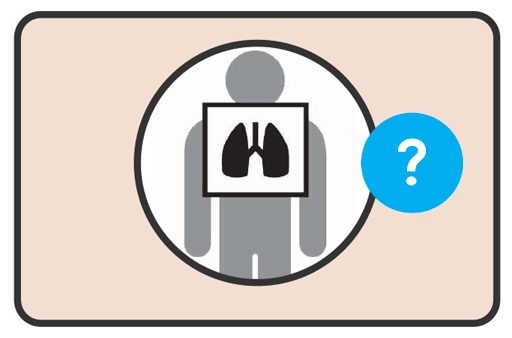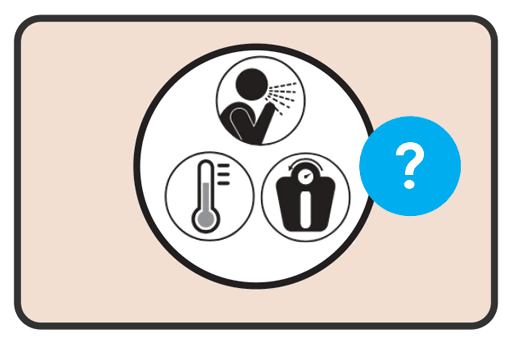6.2.5 Considerations for implementation
Contact screening can be difficult. Once the contacts of a TB patient have been identified, they should be screened for TB symptoms and/or undergo CXR, followed by appropriate diagnostic evaluation (4, 5). Tracing of household contacts usually identifies many close contacts who are eligible for screening and TPT; however, it is expensive and time-consuming for health-care workers to identify the contacts of all known TB patients.

 Feedback
Feedback
 The sensitivity for TB of “any abnormality” as reported on CXR in children is 84%, and the specificity is 91%. It is thus more specific than symptom screening alone.
The sensitivity for TB of “any abnormality” as reported on CXR in children is 84%, and the specificity is 91%. It is thus more specific than symptom screening alone.